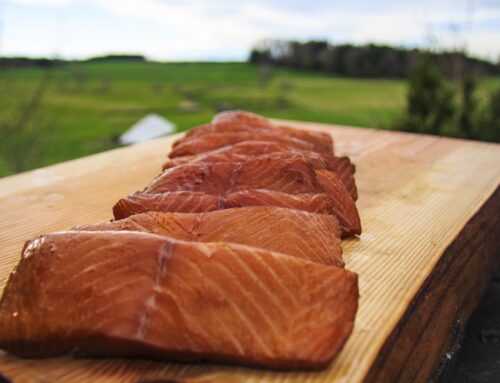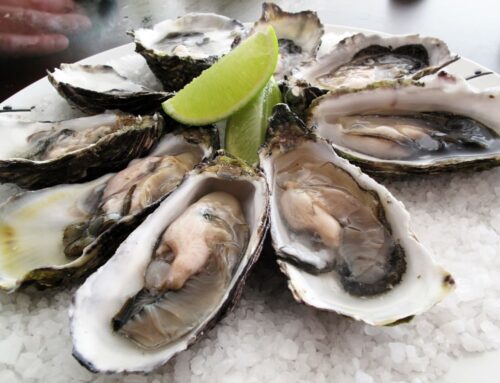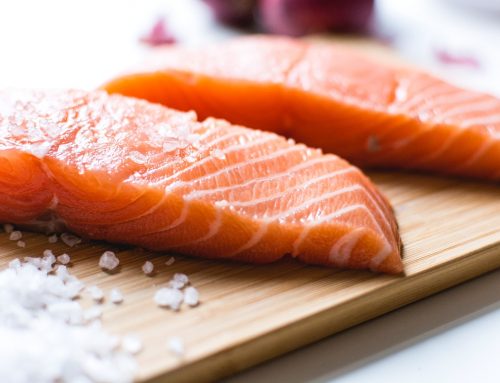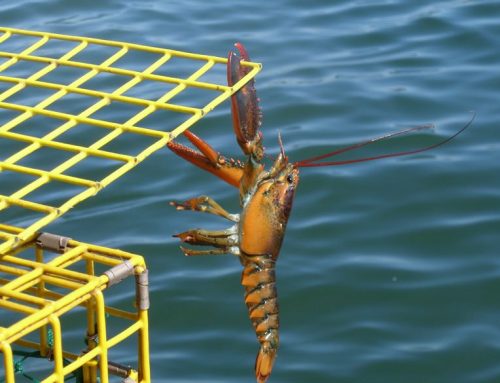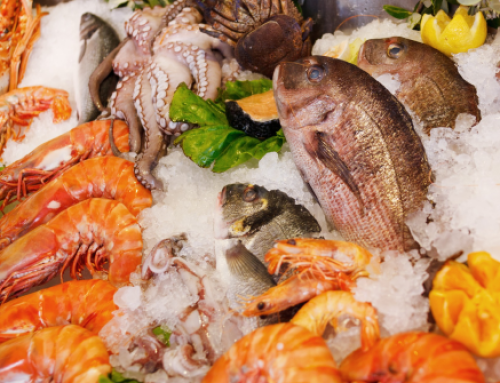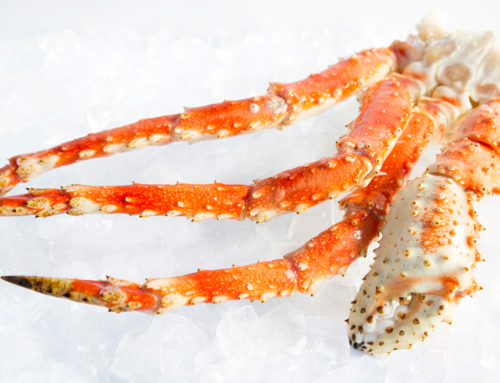The Alaska Department of Fish and Game (ADFG) announced on Friday, September 3rd that it will cancel the 2021-2022 red king crab fishery due to low stocks. The fishery typically operates during the winter months out of the Bering Sea in Bristol Bay, Alaska. More information to come from ADFG during the total allowable catch meeting in October.
The National Marine Fisheries Service conducted a bottom-trawl survey that prompted the decision. This year, the red king crab stocks did not meet the regulatory threshold for opening a fishery. The reason for this stock decline is largely due to water temperature changes, though there is speculation about fishery pressure. This fishery last closed during the 1994-1995 season for similar reasons.
Warning Signs from Past Red King Crab Seasons
Fishers and industry enthusiasts who have watched this fishery closely are probably not surprised by this decision. Management biologists warned of a Bristol Bay red king crab fishery closure as early as 2019. In September 2020, the National Fisherman reported a possible 2020-2021 cancellation as it observed low stocks and a steady decline in red king crab biomass.
At 3.8 million pounds, the 2019-2020 season’s total allowable catch was 12 percent lower than the previous year. The National Marine Fisheries Service was unable to conduct surveys for the 2020-2021 season due to the COVID-19 pandemic, so the most recent season capped the total allowable catch at 2.648 million pounds.
Researchers also noted a decline in red king crab biomass. The average catch weight in the 2019-2020 season was 7.1 pounds. Younger crabs are typically smaller and lighter than older crabs. A high catch weight of 7.1 pounds signals that fishers are targeting older red king crab for their catch.
Economic Impact of Red King Crab Fishery Cancellation
ADFG reports record ex-vessel prices. An ex-vessel price is what fishers directly receive for their catch. In the 2008-2009 season, ex-vessel prices were USD 5.00. The red king crab ex-vessel price topped the charts at USD 11.89 last season. Red king crab prices are spiking as demand increases and supplies dwindle.
The economic impact of this cancellation is difficult to predict. Of course, the loss of a whole season will directly affect the boats and crews that fish for the red king crab fishery, but the cancellation could cause ripple effects throughout the Alaskan industry.
Declining Commercial Crab Populations in the Bering Sea
Red king crab is not the only Bering Sea crab population suffering from low numbers. In fact, the same National Marine Fisheries Service survey reveals, “Total mature male biomass of commercial crab stocks in the eastern Bering Sea in 2021 was the lowest on record and 2021 biomass estimates continued a declining trend that began in 2015.” The decline in both population and biomass was most significant for snow crab.
Hopefully, next season’s red king crab numbers will be high enough for a manageable total allowable catch and robust market performance.
Take note of our Affiliate Relationships that may exist with this page and companies listed on it.


